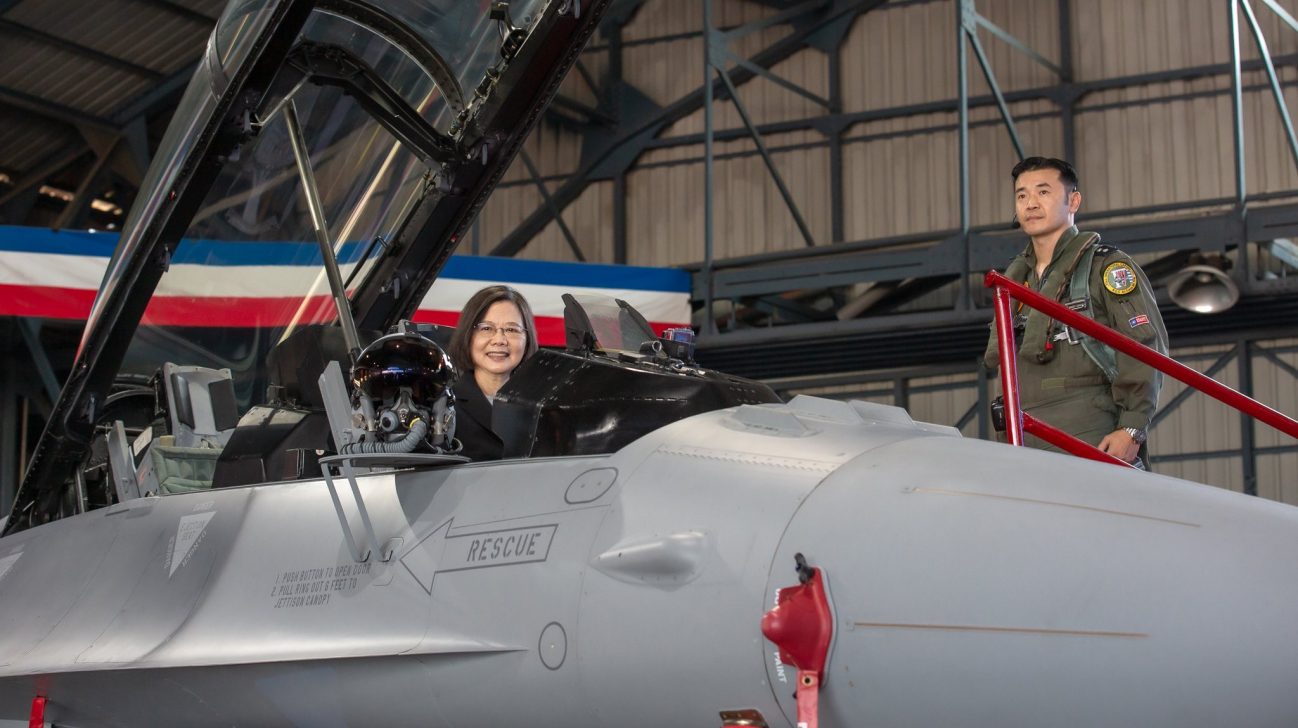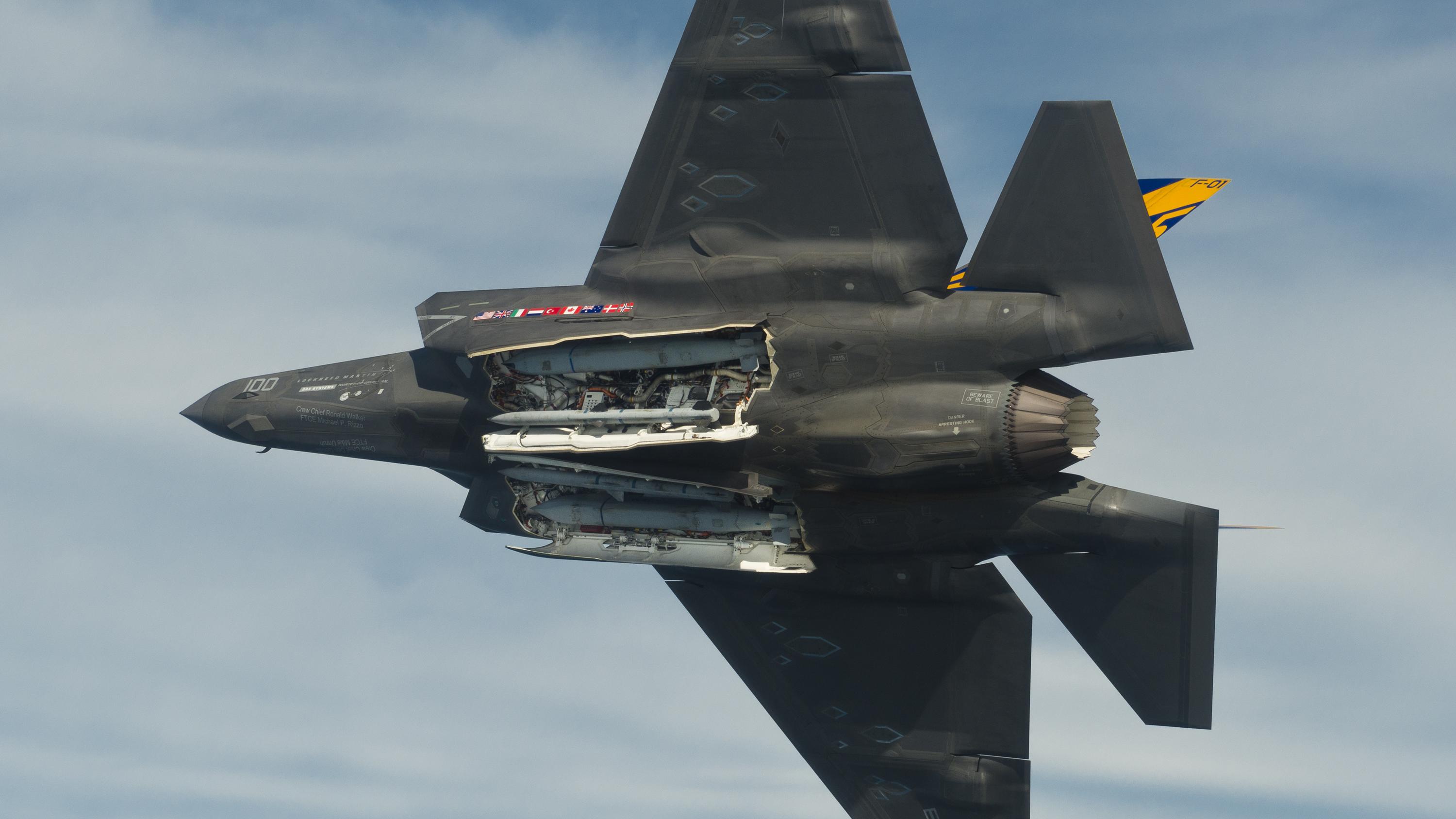Amid the delay in US arms delivery to Taiwan, Minister of National Defense Wellington Koo announced on June 17 that Taipei would receive all shipments of the TOW 2B anti-tank missiles from the United States by the end of 2024.
Taiwan had ordered 1,700 TOW missiles and 100 launchers in 2015, with delivery expected in 2022. However, none of them were delivered. Koo said all the missiles were anticipated to be delivered by the end of this year, even though the initial batches of missiles were rejected in earlier US Army evaluations. The total cost of the sale stood at US$268 million.
The delivery of the TOW is expected to bolster Taiwan’s firepower. With its “top attack” capability, the TOW 2B anti-tank missile can target bunkers and armored vehicles. It can also destroy incoming landing craft during anti-landing operations. The US Defense Security Cooperation Agency stated that the missiles were a significant step towards Taiwan’s goal of “developing an integrated ground defense capability.”
The Taiwanese Army currently uses outdated, wire-guided TOW 2A anti-tank missiles. These missiles have a shorter range and are prone to deviate from their intended path if obstructed by the terrain. Upgrading to new weapon systems would significantly enhance the country’s armed forces’ anti-armor capabilities.
The new missiles, which the US military first deployed in 2012, have an effective range of 4.5 kilometers and a top strike mode that targets armored vehicle tops, where they are most vulnerable. The TOW 2B can hit a target within 23 seconds of being launched, which improves the anti-armor team’s ability to engage hostile armored vehicles rapidly.
🇺🇸US SENDS WEAPONS TO TAIWAN!
Taiwan will receive all shipments of TOW 2B anti-tank missiles it purchased from the U.S. by the end of 2024.
Taiwan ordered 1,700 TOW missiles and 100 launchers in 2015 that were scheduled for delivery in 2022, but did not receive any of them.… pic.twitter.com/zVVhpcQdcO
— WORLD AT WAR (@World_At_War_6) June 17, 2024
Besides Taiwan, Ukraine has been armed with the TOW 2B, and Kyiv’s forces have extensively deployed the weapon to take on Russian ground vehicles.
While any cross-strait conflict between the two states is expected to take place on the sea and in the air, it is believed that Taiwan would need significant ground-based firepower to expel Chinese tanks that might roll inside the island state as part of an invasion.
The deliveries of the missiles come at a time when Taiwan is reinforcing its military to combat the lingering threat of a Chinese invasion. Last month, for instance, the Chinese People’s Liberation Army (PLA) conducted two-day intensive military drills, sending heavily armed warplanes and staging mock attacks as punishment for Taiwan’s election of its new pro-democracy President Lai Ching-te.
There have been concerns that China could use these recurrent military drills to eventually launch an invasion of the self-ruled island that it considers a renegade Chinese province. Several military pundits have noted that Beijing could launch an armed attack by 2027.
Taiwan is developing an overall strategy to thwart any potential invasion. In addition to readying troops for combat, the self-ruled island has undertaken a modernization drive, much of which depends on arms purchases from the United States.
The US, on its part, has ignored China’s warnings and accusations and continued to sell sophisticated weapon systems to Taiwan. However, despite high-end purchases, severe delays have marred Taiwan’s ability to ensure combat preparedness against Beijing.

US Arms For Taiwan Have Been Delayed
Koo stated that the TOW missiles were just one of the three systems whose delivery was running behind schedule. The other two were the F-16 Viper fighter jets and the AGM-154 Joint Standoff Weapons.
The Defense Minister said Taiwan had asked the United States to finish all deliveries by the end of 2026. Two prototype F-16s will be sent for flight testing before the end of this year.
Taiwan understands that to stave off a Chinese military invasion, it is critical to have highly agile aircraft that can detect, track, and attack targets at a distance. In 2019, the US allowed Taiwan to buy F-16 fighter jets from Lockheed Martin Corp. This agreement would make the island home to the largest F-16 fleet in Asia, with over 200 aircraft.
However, the delivery of these planes has been delayed. In 2023, Taiwan’s former Defense Minister Chiu Kuo-cheng stated that disruptions in the supply chain had delayed the delivery of 66 F-16V advanced fighters.

Congressmen from the US have also expressed worries over Taiwan’s efforts to refurbish its fleet and have demanded that Taiwan be provided with new Lockheed Martin F-16 Block 70/72 aircraft. Earlier this year, Taiwan’s former military chief, Chiu Kuo-cheng, said that the United States was trying to expedite the delayed delivery of much-needed weapons ordered by Taiwan as the island sought to fortify its defenses.
The F-16 Vipers, for one, are expected to be instrumental in thwarting a Chinese invasion. The aircraft will be armed with the AGM-154 stand-off weapons, among other weapons.

Additionally, reports have indicated that the delivery of the first 38 M1A2T Abrams tanks, initially slated for the middle of this year, has likely been delayed until the fourth quarter.
The report stated that based on the computation of the baseline M1A2 model’s monthly production rate of approximately four, the Taiwanese military should have received about 30 M1A2Ts for training and trial purposes by now. However, there have been unexplained and unwarranted delays.
As per a previous report from Washington-based think tank, the Cato Institute, there is a significant backlog of weapons worth US$19.1 billion that Taiwan has ordered, some of which have been postponed for more than ten years. Traditional armaments account for the highest amount, valued at US$10.87 billion, followed by asymmetric weapons valued at US$5.4 billion and ammunition valued at US$2.84 billion.
According to Cato’s report from March 5, the asymmetric weapons that were delayed were the MQ-9B unmanned aircraft, the Harpoon coastal defense missiles, and the Stinger missiles. In addition, conventional weaponry like MK-48 heavyweight torpedoes, AGM-9X Block II missiles, and AGM-84H Standoff Land Attack Missile Expanded Response (SLAM-ER) systems have also been overdue.
Nonetheless, the US is working to expedite the deliveries, as witnessed by the recent announcement regarding the TOWs. US officials have expressed optimism that the sector would soon catch up, attributing the backlog to reasons including the COVID-19 epidemic, the crisis between Russia and Ukraine, and delays in the supply chain.
- Contact the author at sakshi.tiwari9555 (at) gmail.com
- Follow EurAsian Times on Google News




